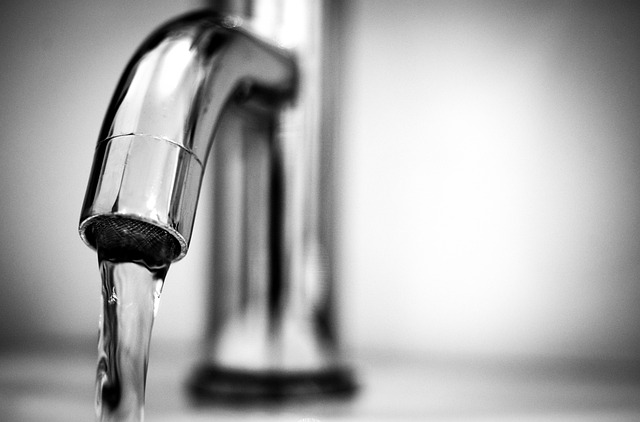In a solar-powered breakthrough, researchers at the University of Cambridge have unveiled a device that turns contaminated water into clean hydrogen fuel and purified drinking water simultaneously. Inspired by nature's photosynthesis, this innovation holds the potential to revolutionize global water and energy challenges, offering a versatile solution for off-grid environments. Get ready to explore the details of this game-changing invention propelling us into a sustainable future.

Researchers at the University of Cambridge have developed a remarkable solar-powered device capable of converting contaminated water or seawater into clean hydrogen fuel and purified water. This groundbreaking technology operates globally and is especially valuable in resource-limited or off-grid environments. Unlike earlier versions of artificial leaves, which produced hydrogen from clean water, this device works with polluted or seawater, simultaneously generating clean drinking water.
Inspired by photosynthesis, the process by which plants convert sunlight into food, the device is a significant step forward in addressing water scarcity and energy challenges. It operates without external power, making it practical for remote areas lacking water purification infrastructure.
Dr. Chanon Pornrungroj, co-lead author of the research, explains, "Bringing together solar fuels production and water purification in a single device is tricky." The traditional method of solar-driven water splitting requires pure water to prevent catalyst poisoning or undesirable chemical reactions. However, in regions with limited access to clean water and purification infrastructure, this poses a challenge.
Co-lead author Ariffin Mohamad Annuar adds, "A device that could work using contaminated water could solve two problems at once: it could split water to make clean fuel, and it could make clean drinking water." To achieve this, the researchers developed a design using a photocatalyst on a nanostructured carbon mesh that efficiently absorbs light and heat. The photocatalyst generates water vapor, utilized to create hydrogen. The porous carbon mesh, water-repellent and floating, prevents contaminants from interfering with the process.
Moreover, the device maximizes solar energy utilization. Mohamad Annuar explains, "The light-driven process for making solar fuels only uses a small portion of the solar spectrum." To address this, a UV-absorbing layer on the device facilitates hydrogen production, while the rest of the solar spectrum is transmitted to vaporize water.
In essence, the device mimics a real leaf by incorporating the process of transpiration, making it highly versatile in various water conditions. The researchers envision significant impacts, such as reducing indoor air pollution caused by cooking with 'dirty' fuels and providing safe drinking water to the 1.8 billion people worldwide who lack it.
Despite being a proof of principle, the researchers emphasize the simplicity of the design and its adaptability to water from diverse sources. Professor Erwin Reisner, who led the research, envisions such innovations as crucial for a circular economy and sustainable future, addressing both climate and health-related challenges. The study received support from several organizations, emphasizing the collaborative effort to develop transformative solutions.
